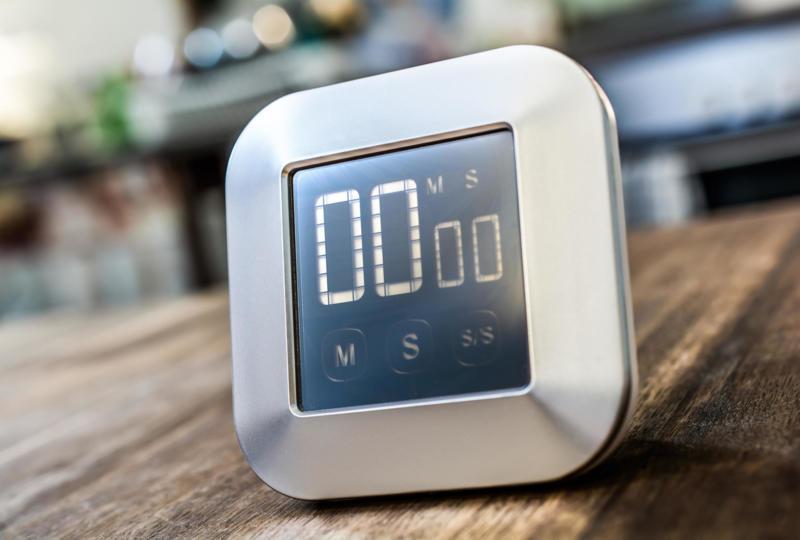Using a visual timer may help
Many children on the spectrum have difficulty transitioning from an activity that has caught their undivided attention, such as playing with their favorite toy. As a parent, using phrases such as “you have a few minutes left” may be confusing for your autistic child. For this reason, using a visual timer that sets a precise time that your child can spent on an activity (in this instance, playing with their favorite toy), can help him or her to better understand the concept of time and to easily anticipate the end of that activity.






